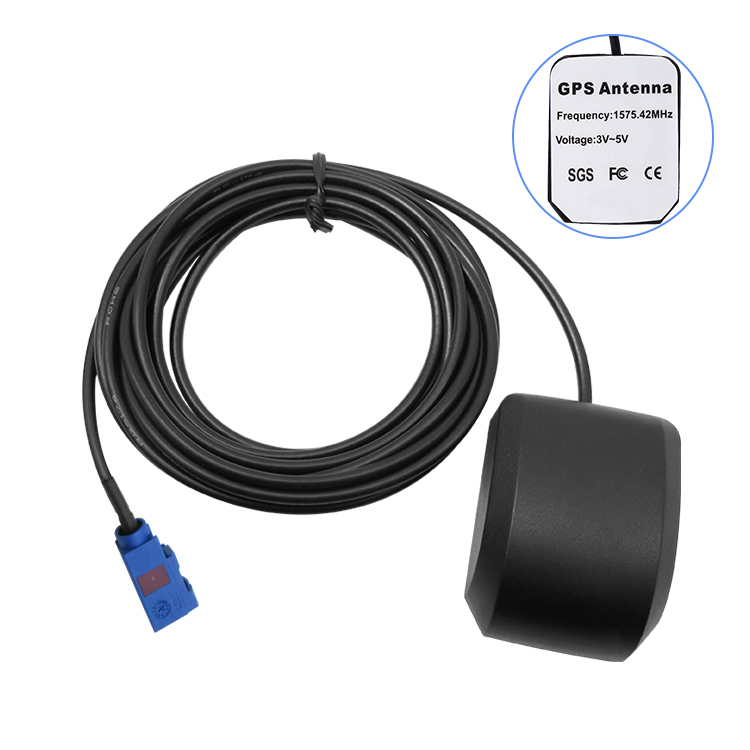GPS antenna performance
We know that a GPS locator is a terminal for positioning or navigation by receiving satellite signals. In the process of receiving signals, an antenna must be used, so we call the antenna that receives the signal a GPS antenna. GPS satellite signals are divided into L1 and L2, with frequencies of 1575.42MHZ and 1228MHZ respectively, among which L1 is an open civil signal with circular polarization. The signal strength is about 166-DBM, which is a relatively weak signal. These characteristics determine that special antennas should be prepared for the reception of GPS signals.
1. Ceramic sheet: The quality of ceramic powder and the sintering process directly affect its performance. The ceramic sheets currently used in the market are mainly 25×25, 18×18, 15×15 and 12×12. The larger the area of the ceramic sheet, the greater the dielectric constant, the higher the resonance frequency, and the better the acceptance effect. Most of the ceramic pieces are of square design, in order to ensure that the resonance in the XY direction is basically the same, so as to achieve the effect of uniform star collection.
2. Silver layer: The silver layer on the surface of the ceramic antenna can affect the resonant frequency of the antenna. The ideal frequency point of the GPS ceramic chip falls exactly at 1575.42MHz, but the frequency point of the antenna is very easily affected by the surrounding environment, especially when it is assembled in the whole machine, the frequency point must be adjusted to keep at 1575.42MHz by adjusting the shape of the silver surface coating. . Therefore, GPS complete machine manufacturers must cooperate with antenna manufacturers when purchasing antennas and provide complete machine samples for testing.
3. Feed point: The ceramic antenna collects the resonance signal through the feed point and sends it to the back end. Due to the impedance matching of the antenna, the feed point is generally not in the center of the antenna, but slightly adjusted in the XY direction. Such an impedance matching method is simple and does not add cost. Moving only in one axis is called a single-bias antenna, and moving in both axes is called double-bias.
4. Amplifying circuit: the shape and area of the PCB carrying the ceramic antenna. Due to the characteristics of GPS rebound, when the background is 7cm × 7cm
GPS antenna has four important parameters: gain (Gain), standing wave (VSWR), noise figure (Noise figure), axial ratio (Axial ratio). Among them, the axial ratio is particularly emphasized, which is an important indicator to measure the difference of the signal gain of the whole machine in different directions. Since the satellites are randomly distributed in the hemispherical sky, it is very important to ensure that the antennas have similar sensitivity in all directions. Axial ratio is affected by antenna performance, appearance structure, internal circuit and EMI of the whole machine.
Post time: Oct-20-2022







